5 things to know about Tangier Island, Virginia
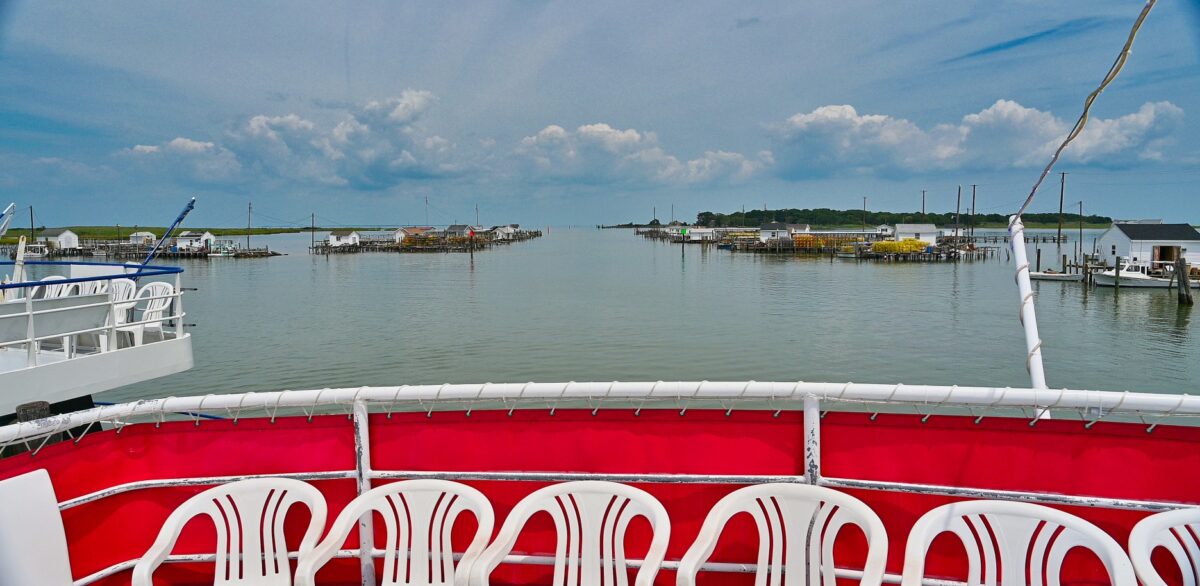
Estimated Reading Time: 12 minutes – SBFL* 5 – PLANNED & VISITED – It was a sunny day in late summer. The Chesapeake Bay waters are as green as in the Caribbean and as tame as in a pond, almost. On a midsize tour boat mostly filled with tourists, we are on our way to Tangier Island, Virginia, in the middle of the Chesapeake Bay.
Right after departure from Crisfield, Maryland, the captain’s deep voice comes over the loudspeakers, announcing a few things that he has perhaps repeated a few thousand times before. “Looking to our left,” he says, “you will notice a couple of white buildings. This is Glenwood Evans & Son Fish Company. This company supplies all the crabbers with crab pot bait. They also buy a lot of the hard crabs that come to Crisfield. There are approximately 250,000 bushels of crabs that come in Crisfield each year to be sold, and 25-30,000 bushels of clams and oysters.”
My wife and I are on a mission to find out about life on the Atlantic Intracoastal Waterway (ICW) and compare then and now, based on observations made by Dorothea and Stuart E. Jones in their 1958 National Geographic article titled, “Slow Boat to Florida” (hence the title of my SBTF* series), and a 1973 book published by National Geographic, titled America’s Inland Waterway (ICW), by Allan C. Fisher, Jr. Between the two National Geographic authors, only Fisher stopped by Tangier Island after spending some time at nearby Smith Island in 1973.
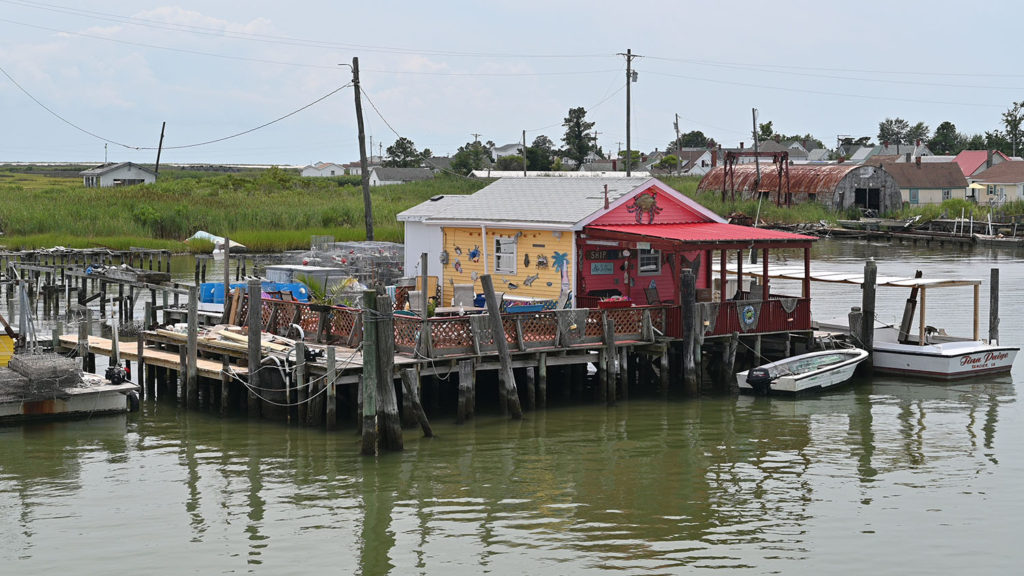
We had visited Tangier Island once a decade or so ago. It is known as the ‘soft-shell crab capital of the world’ and a majority of its residents make their living crabbing, along with tourism. The island was discovered in 1608 by Captain John Smith and was settled in 1686 by John Crocket and his family. The British occupied Tangier Island several times during the War of 1812 and used it as a base of operations. They created Fort Albion at the southern end of the island, and in 1814 more than 1,000 troops were living in the barracks there. Nearly 700 escaped slaves took refuge on the island, and the British recruited about 200 of them to join a force known as the Colonial Marines.
Independent spirit of Tangier
With the exception of the territorial flags of the US, not too many islands on the US mainland have their own flags. You can’t see it flying on the island, but Tangier does have one.

The top right elements have been adapted from the Flag of Cornwall, a.k.a. Saint Piran’s Flag. The Cornwall cross reflects the Cornish and Devon origins of most of the original English settlers back in the 17th century. A black line 1/3 of the way up from the bottom denotes the Maryland-Virginia state line and a green circle below the black horizontal line represents the island itself. Smith Island, Maryland, a nearby sister island of Tangier, has the same flag but the green dot is above the black line, denoting the location being in Maryland.
Then and now of Tangier Island
Going southbound on the lower Chesapeake Bay of the Atlantic Intracoastal Waterway (ICW) back in 1973, Fisher first visited Smith Island, then hopped over to nearby Tangier Island. Sharing his impressions, he wrote, “Walking about Tangier, I found its terrain, its houses, its people looked very much like those of Smith Island. But there are differences. Tangier has a high school and it has a government headed by Mayor Alva W. Crockett. But at present, it too lacks a doctor.”
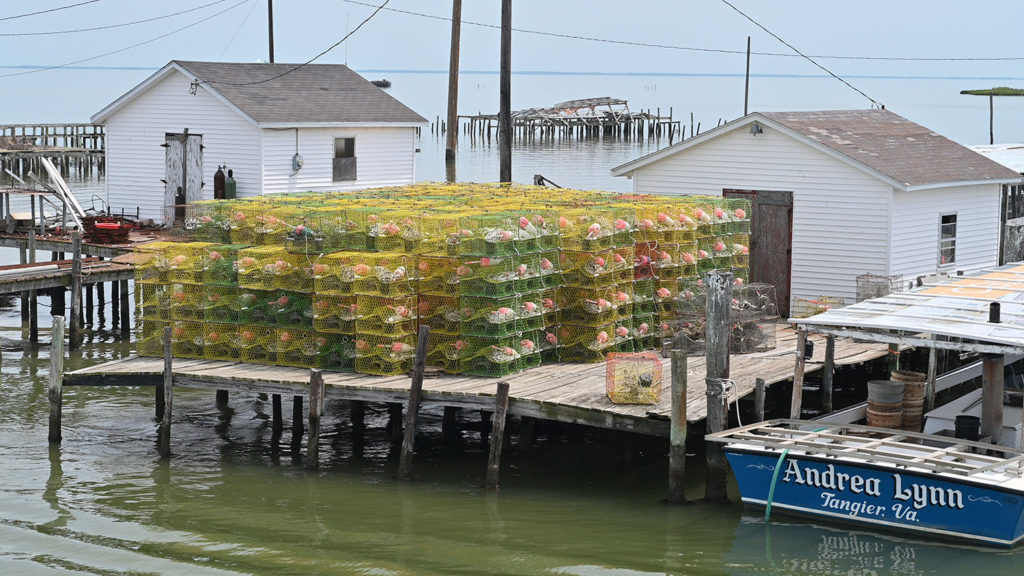
That was then. Now, in 2019, with about 400 full-time residents, Tangier Island still displays its independent spirit and they keep adapting despite their relatively isolated island and their Elizabethan accent. As someone puts it, “Among Tangier’s watermen, “high tide” sounds like “hoy toyed,” and “firkin,” an Elizabethan word for a small bucket still used by some of the older generation, sounds as if it had two or three R’s in the middle.” Apparently, many who now cater to the burgeoning tourist trade have deliberately softened the accent for uninitiated ears.
Tangier Island’s school is still kindergarten through 12th grade, having 45 students this year and 13 teachers. Most of the teachers are from the island. The school had four graduates this year. We were told that in 2020, the senior class would be one boy, Matthew Parks. They still have a government, headed by James Cooper Eskridge, also a waterman, as well as six council members, and a policeman. There isn’t a jail, but they do have a police boat to take any suspects to the mainland if someone is suspected of committing a crime. A doctor visits the island every Thursday. In addition, the doctor and a dentist visit the island sometimes on one other day. There is a nurse on the island at all times and usually a Physician’s Assistant. The island has a Volunteer Ambulance Corp like most small communities in the region. In medical emergencies requiring evacuation, just as in neighbouring Smith Island, the Maryland State Police attend to the island and can usually be on site with a helicopter within 15-20 minutes, coming from Salisbury, Maryland.
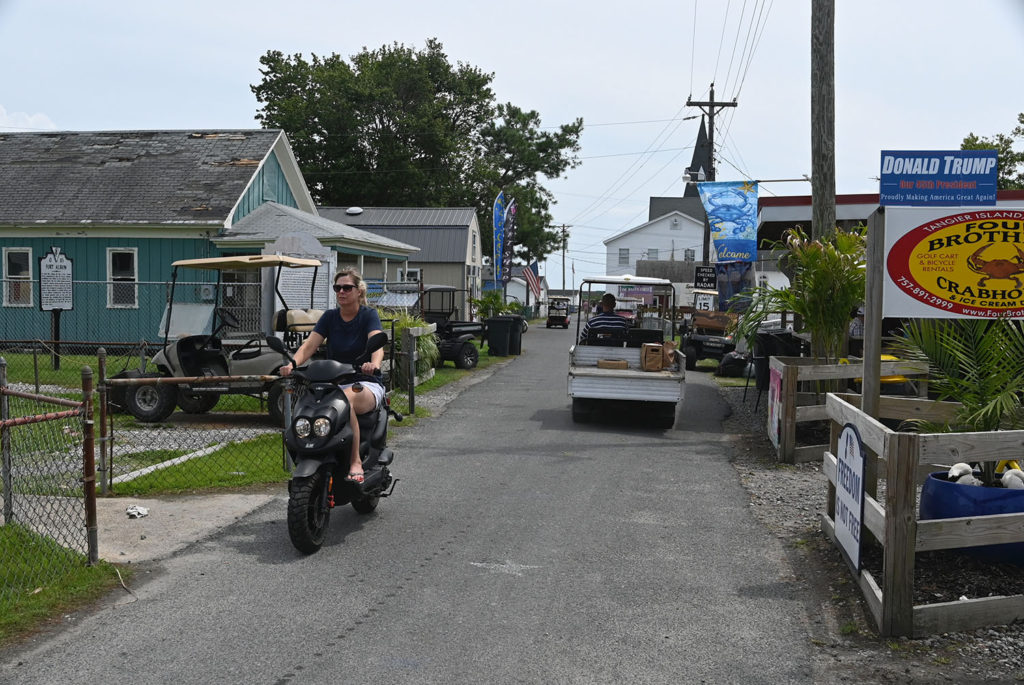
They have 15-20 cars and trucks on the island but residents prefer golf carts, bicycles, and scooters, while most all keep cars and trucks on the mainland, in Crisfield, Maryland. The island gets its water from 7 artesian wells. They have a central sewage system, sewage treatment plant and incinerator, and trash picked up two days a week. They have high-speed internet, telephone service provided through microwave, but very little cell phone service. After the tourist season ends in October, the island still has its daily mail boat. Sometimes the water around the island will freeze and there’s no way on or off the island. Then, the US Coast Guard will cut through the ice to bring the island food and supplies. One of the older houses on the island is well over 100 years old. The oldest cemetery on the island dates back to the 1700s.
If you have a small airplane, the airport, year around, is waiting for you
The island has a 2,300-foot-long airport designed for small aircraft. There are no scheduled flights in or out of the island at the airport; however, it stays very busy with over 80 flights a month.
While there are other seasonal May through October accommodations on the island, the Bay View Inn near the airport is the only hotel open year-round. Similarly, Lorraine’s Seafood Restaurant is the only one open year-round. (We can definitely recommend their crab cakes!)
Living on the island and the reality of the 21st century
My wife and I walked down the main street, just taking in the environment and occasionally focusing in on chatter between the tourists and the islanders. I suppose because of the effects of climate change and news coverage on these shallow patches of the lower Chesapeake Bay, which have been having quite a bit of flooding, sooner or later people ask about it. Striking up a conversation with a young islander, a visitor says she was so surprised to find out that Tangier Island belongs to Virginia. The islander responds, “Yeah, however, we’re closer to Maryland than Virginia. I wish we were in Maryland.” Hearing this, I could not help but jump into the conversation and ask, “Why?” The response was very telling. Apparently familiar with Maryland’s extensive efforts to deal with rising waters, erosion, and sinking of the land, in which the State built a sizable seawall and a new pier on Smith Island, the islander said, “…well, we would have been treated better. The last three Virginia governors came to the island. They have been promising a seawall. Nothing came through.” Meanwhile, the island sometimes experiences serious flooding, just as in Venice, Italy, threatening the way of life, as well as the properties, of this historical island.
Next, we walk towards the shore of the James Parks Marina. We spot a woman waiting for a boat. We strike up a conversation with her. Her name is Donna Crocker and she is one of the relatively new islanders.
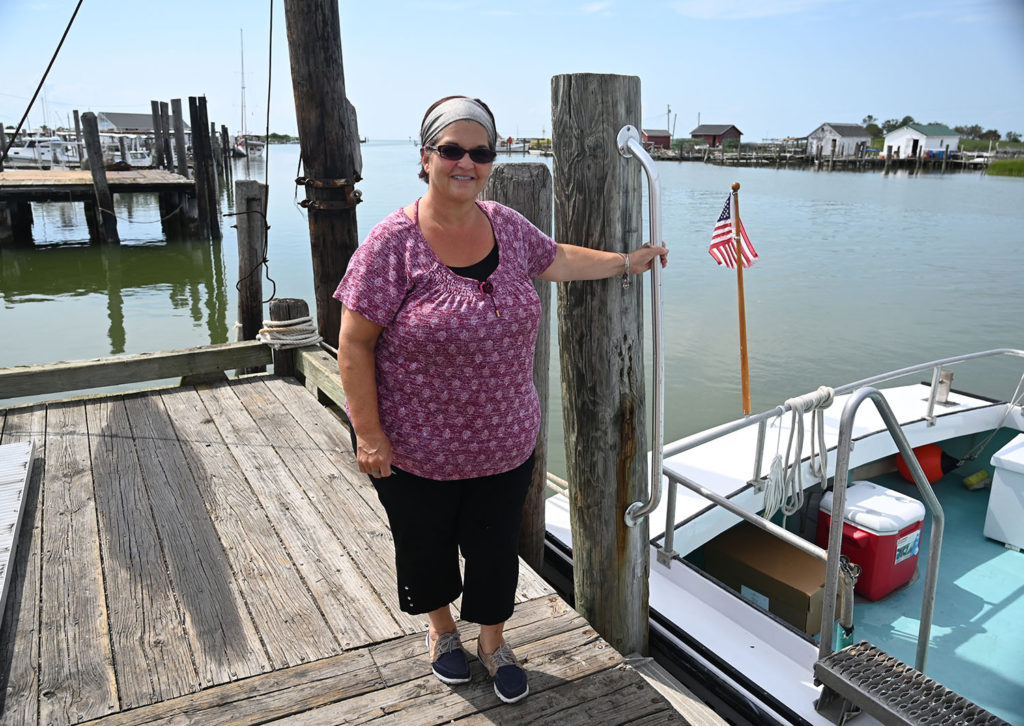
She was dating someone from the island and ended up marrying and moving to Tangier Island six years ago. I ask her what she feels about her life on the island. Her response was quick, certain, and enthusiastic. “I just love it,” she says, “I mean, I love everything about it. Everybody asks me that and, I mean, I don’t have a specific, I just love it.” She says when she gets up in the morning, she doesn’t hear the street noises like in the city and she adds, “You hear seagulls. You know, you get up and it’s so serene and peaceful. Sometimes you hear the watermen going out on the bay and stuff. It’s just beautiful.”
We turn next to Captain Mark Haney, whose charter boat is docked at the pier. After greeting him, we ask how long he has been on the island. He says he was born and raised there. His grandfather moved to Tangier Island when his father was two years old. They were both watermen. Hanley was a waterman as well, but in 2008, he started his boat charter business that is used mostly by locals. He does run seven days a week, once a day, and also does special charters at other times.
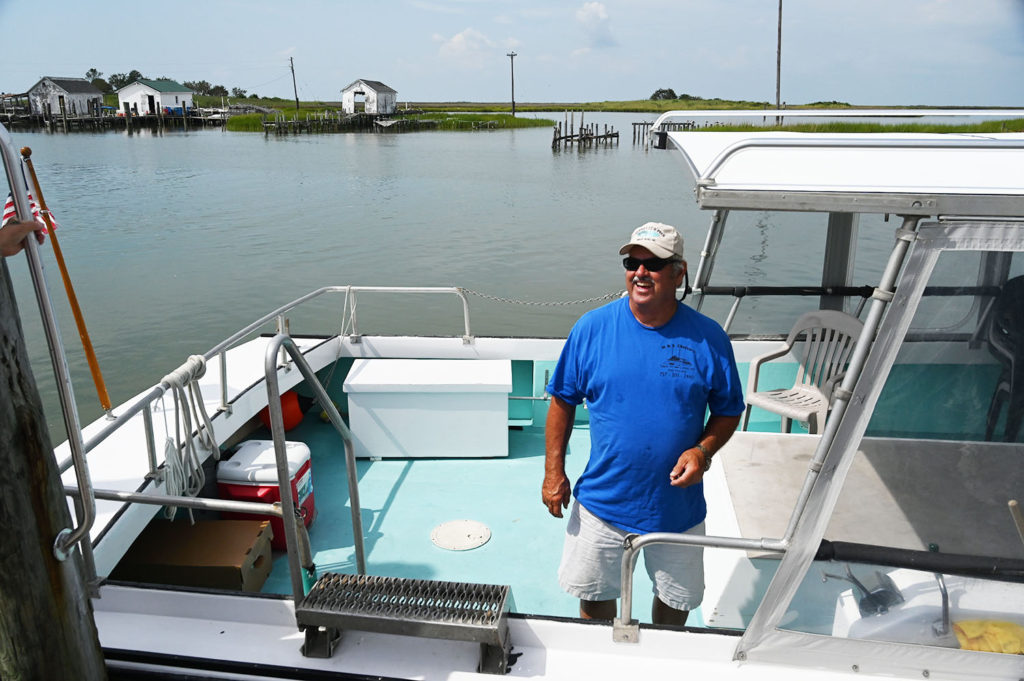
I ask him about living on the island. Obviously, he has a choice; he can live anywhere he chooses to, especially given that the waters are slowly rising. Captain Haney’s response is very simple and straightforward, “This is my home. I was born and raised here. I enjoy it.” He has two adult sons, one lives in Crisfield and the other joined the US Navy. I asked him if they are coming back to the island. He said there’s “no future here in the waterman business anymore… So slowly, slowly, the waterman business is dying. It’s dying. I would say they’ve lost 60% of the watermen in the last 25 years.” He explains that back then, there used to be 15 to 18 crab processing plants in Crisfield. While approaching by boat, one would see steam everywhere. Now there is only one left there. To me, it is odd that watermen are going out of business while the demand for seafood is going up everywhere. Captain Haney thinks that’s because now the seafood, clams, and oysters from fish farms and from foreign sources are everywhere.
I also ask him why they need a policeman in such a small island. He says, “We’re like everywhere else. We have a few problems, some drinking problems, have some drug problems, just like anywhere else.”
Sergeant John W. Charnock
I was happy to find and talk to the island’s policeman. Based on America’s Inland Waterway, Allan Fisher’s book, the Tangier Police Department’s history goes back at least to 1973. Well, we found him, right in front of a home that he was born, raised, and continues to live in. His name is Sergeant John W. Charnock.
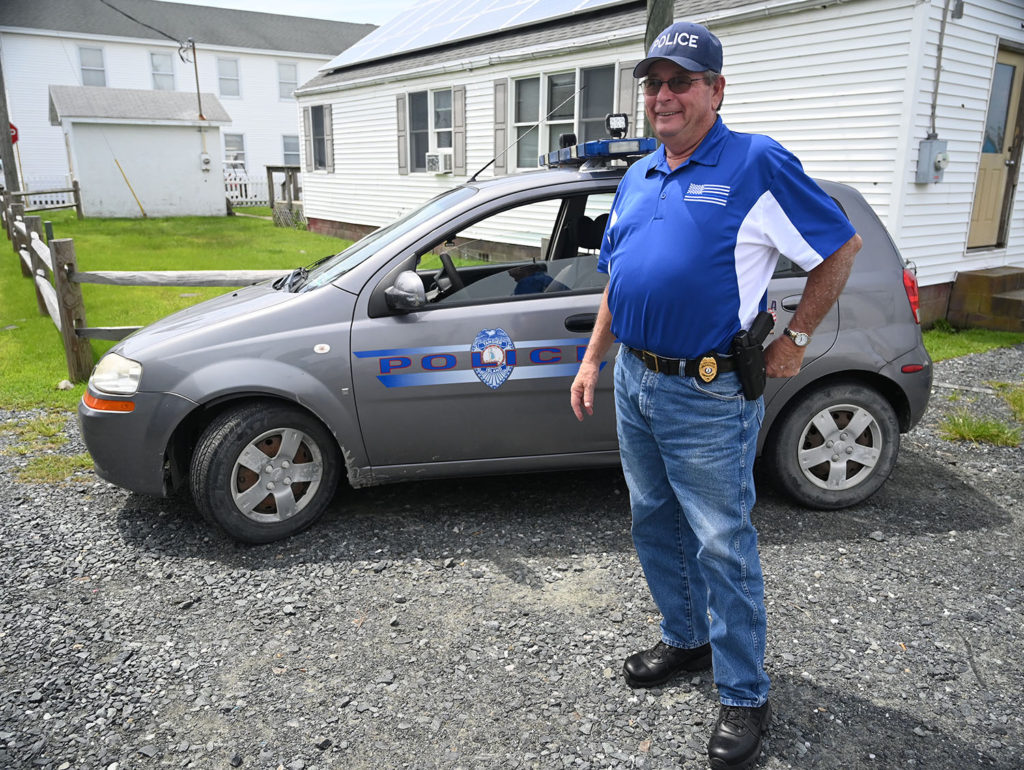
Sergeant Charnock has been in charge of the island’s police affairs for almost the past ten years. I asked him how one becomes a policeman on the island. “I was a commercial fisherman before. When this job came up, the Mayor and the council both asked me if I would go to the police academy and take the job,” said Sergeant Charnock. “So you were born here?” He replied, “I was born and raised here. Right in this building there.” He added, “My whole family, as far as I can go back, we’re born and raised right here.”
From our previous visit, I knew Smith Island did not have a policeman. I wonder why Tangier, another tight-knit island community, needed one. The Sergeant said, “There are more people here. The more people you get, the more problems you’re going to have.” I got curious – is it because of more tourists or just the locals? “We don’t have much trouble with visitors. It’s all locals. We have a lot of domestics, some breaking in and entry now and then. We have a little bit of everything on a small scale, everything but homicide, no homicide.”
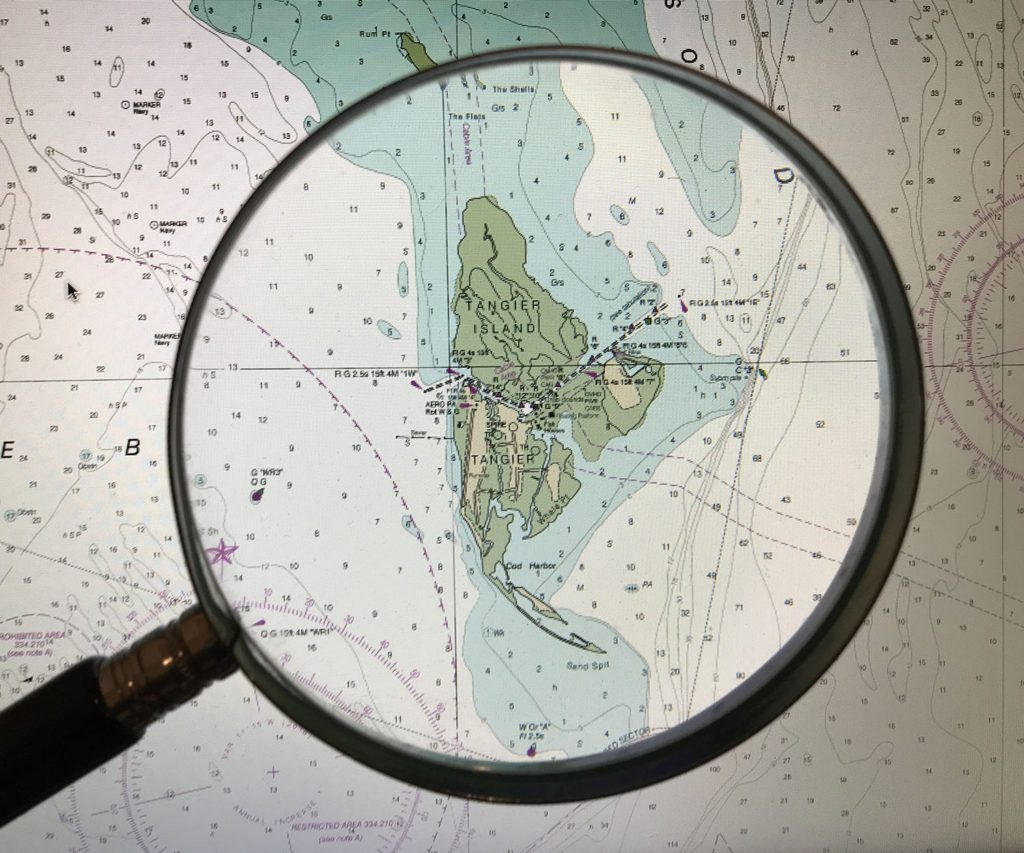
I asked, “So what’s the most exciting thing that happened within the last year as far as the police were concerned?“ His answer was very reassuring and frank, “Well, nothing real exciting takes place. We don’t have a lot of action around here. That’s good.” Referring to the size of Tangier, Sergeant Chernock said, “I only have about just a little over a mile to cover, so I can keep my eye on everything pretty much.” He is the only one in the town police department. However, they have two marine police officers covering the water. He said, “If something gets a little out of hand, we all get together and deal with it.” The more I talk, the more I get curious. I asked, “When was the last time you needed to get together?” He said, “Once in a while, you’ll have parties where a lot of alcohol is involved and people get a little rowdy.” If needed, the team takes suspects to the mainland with the marine police’s boat.
Tangier goes international
Lately, Tangier has become a melting pot of US as well as international tourists. WBOC, a Local TV station tell it all on their Tangier Island Grabs International Attention segment.
In 2018 alone, international visitors and film crews from 22 nations visited the island, which is highly welcomed. However, some islanders wonder why there is such international attention on their little island.
With this, we completed our short day visit to Tangier Island, with the hope that we would come back again and spend a few days in the future.
I hope to say hello to you and shake your hand if you spot my boat, Life’s AOK in one of my locations that I will be visiting.
I bid you Fair Winds and Following Seas.
3 things I learned
- The population of Tangier was 727 at the 2010 census.
- If you do not have the patience or the desire to take the land and boat ride route to the island, the Tangier Island Airport is a perfect alternative to get in and out of the island with small aircraft.
- Tangier Island has a Volunteer Ambulance Corp like most small communities. There is a nurse on the island at all times and usually a PA. A physician is on the island on Thursdays. In medical emergencies requiring evacuation, the Maryland State Police attends to the island and can usually be on-site within 15-20 minutes.
5 things I recommend
- Take the short guided and narrated golf cart tour of Tangier Island. It will give you a quick overview of life on the island. Don’t wonder how you can locate them. You will see them as soon as you get off the tour boat.
- Orient yourself with a map of Tangier Island.
- Visit the Tangier History Museum & Interpretive Cultural Center. It is located at 16215 Main Ridge, just south of Spanky’s Ice Cream Parlor on the East side of the road.
- Consider paddling through the Tangier Island water trails. Tangier Island offers a unique opportunity to explore the marshes, discover wildlife, and view the workings of the Chesapeake Bay watermen.
- If you want more information about anything on Tangier Island, such as accommodations, restaurants, tours, eco tours, sunset cruises, and travel to Tangier, you can use this form or simply send your email to info@tangierisland-va.com.
How easy?

Marina where you can tie your boat on the ICW
- There are 25 slips in the James Parks Marina, complete with electric and water hookup plus onshore showers. This is the spot to stop. Also, there is docking available at the County Dock for loading and offloading.
Places to stay, besides your boat
Try this link: VisitSmithIsland.com
*SBFL stands for Slow Boat to Florida.It is a series of my blog posts, which started with a posting that had the same title. Each numbered heading has two parts. The first is “Planned,” and when we visit the planned location, a “Visited” label appears at the beginning, next to SBFL. The essence of this series is not to seek new lands and exotic cultures. Rather, it is to cover our journey of discovery (hence the title of our blog Trips Of Discovery) that has to do with seeing with a new eye the coastal locations of the Atlantic Intracoastal Waterway (ICW) where present-day America started to flourish. The SBFL series represents part travel, part current and historical anthropological highlights of selected locations and coastal life. We’re comparing then and now, based on observations made by Dorothea and Stuart E. Jones in their 1958 National Geographic article titled, “Slow Boat to Florida” and a 1973 book published by National Geographic, titled America’s Inland Waterway (ICW) by Allan C. Fisher, Jr. We also take a brief look at the history of the locations that I am writing about. Finally, we bundle it up with our observations during our actual visits to the locations and our interviews with local residents. Think of it as a modest time capsule of past and present. My wife and I hope that you, too, can visit the locations that we cover, whether with your boat or by car. However, if that is not in your bucket list to do, enjoy reading our plans and actual visits as armchair travelers anyway. Also, we would love to hear from you on any current or past insights about the locations that I am visiting. Drop me a note, will you?

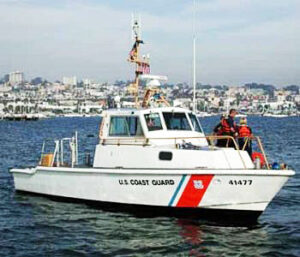



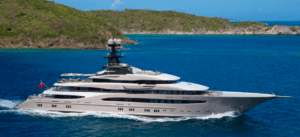





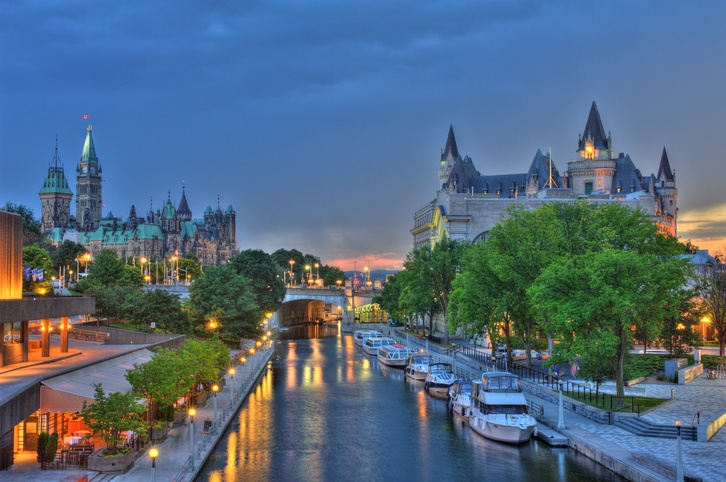
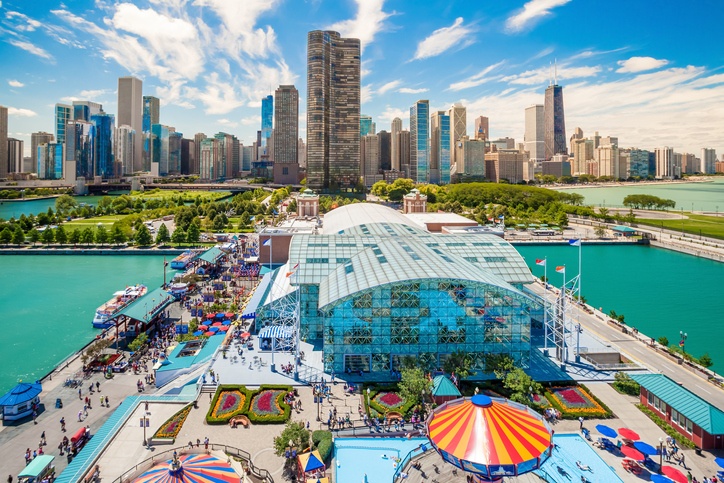
Good info. Lucky me I recently found your website
by chance (stumbleupon). I’ve saved as a favorite for later!
This article is truly a good one it assists new net users,
who are wishing for blogging.